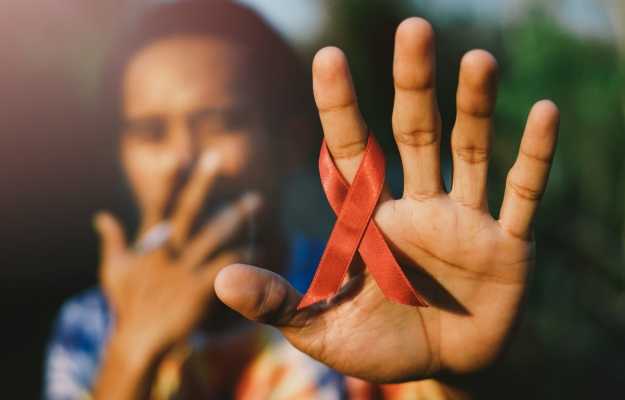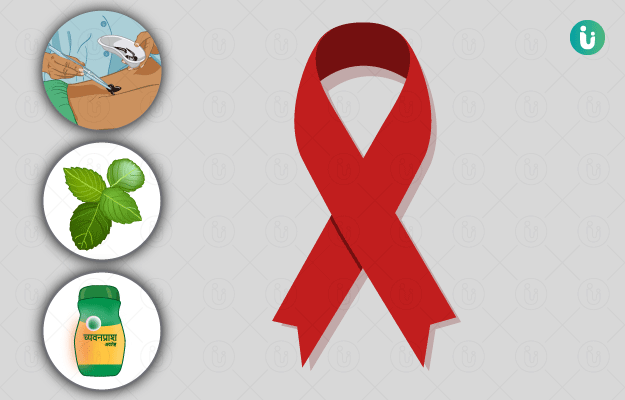World Health Organization (WHO) data show that nearly one in three HIV/AIDS deaths around the world is caused by tuberculosis co-infection. As the name indicates, co-infection is the condition of having two or more infectious diseases at the same time. This is very common in AIDS patients because they tend to be heavily immunocompromised.
WHO data also show that “people who are infected with HIV are 18 times more likely to develop active TB” than people who do not have HIV infection. This requires special management and precautions to prevent the spread of TB. Additionally, people with both HIV and active TB are likely to get AIDS (advanced stage of HIV infection) faster than people who have HIV but not TB.
Latest data show that there are 38 million people living with HIV worldwide—1.7 million of them were diagnosed in 2019 alone. Ten million new TB infections were reported worldwide in 2019—this included 3.2 million women and 1.2 million children. And of the 1.4 million people who died from TB in 2019, 208,000 also had HIV.
On World AIDS Day, we bring to you the latest information on the causes, symptoms and management of HIV/AIDS and tuberculosis coinfection.




















